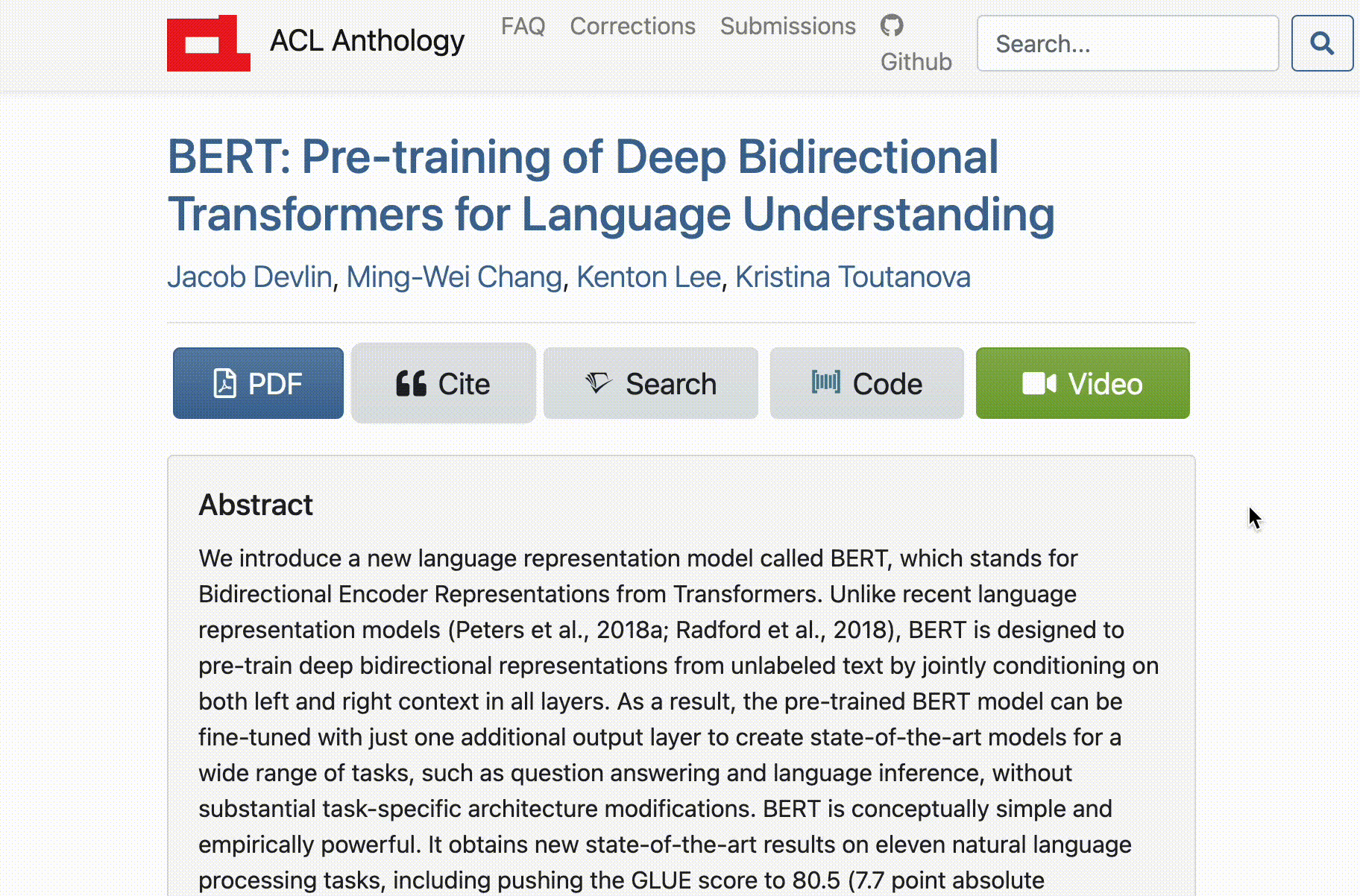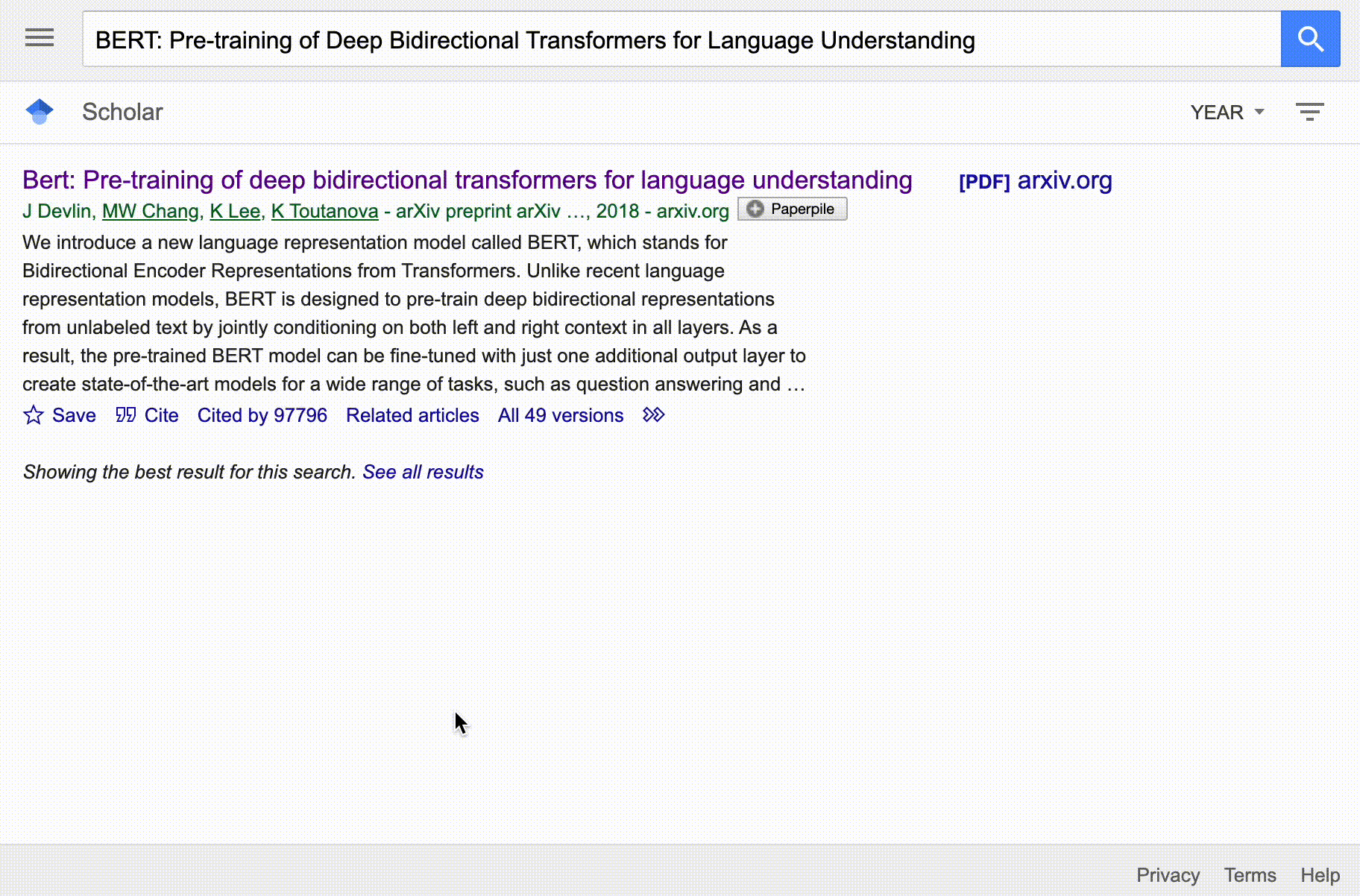Using Overleaf
Using Overleaf for your Final Project Report
You are expected to produce your final project report using LaTeX in Overleaf.1 This is a getting started guide for Overleaf, which is intended to be completed during class. This will be done before your project check-in 1 (literature review), and I recommend that you submit your literature review formatted using this template, since it will need to be formatted using this template for your final submission. This guide covers setting up the template and adding a reference to your literature review.
Step 1: Account and Document Setup
Who: Everyone
I sent each student an invitation to an overleaf document for their group’s project writeup. If you’ve already accepted this invitation, great - you can open the document and continue to step 2. If not, proceed with the steps below.
Step 1.1: Find the Invite
You should find your invitation in your middlebury email. Click “View Project”.
Step 1.2: Login/Account Creation
If you don’t have an overleaf account, create one with your Middlebury email. If you do, you should be able to accept and see the project.
If you have an overleaf account connected to another email address, let me know and I can add that account to the project if you prefer.
Step 2: Add title and names
Who: One group member
Add the title of your project and group member names to the document, and click “Recompile” to confirm that your document updates properly.
Step 3: Starting your literature review
Who: Work together
Now that you have a document, you are ready to start on your literature review.
Step 3.1: Add your literature review section
Start by adding a section to your document after the introduction with the heading Literature Review. Do so by adding the following command to your document:
\section{Literature Review}Now might be a good time to create the other required section headings as well!
Step 3.2: Adding a paper to the bibliography
Your next step is to add a paper to your bibliography that you will cite in your literature review. If you already have a paper that you’d like to cite, try to track down it’s bibtex entry (these instructions should help you). If you don’t, add a citation to the BERT paper for now, copying the entry below into custom.bib.2
@inproceedings{devlin-etal-2019-bert,
title = "{BERT}: Pre-training of Deep Bidirectional Transformers for Language Understanding",
author = "Devlin, Jacob and
Chang, Ming-Wei and
Lee, Kenton and
Toutanova, Kristina",
editor = "Burstein, Jill and
Doran, Christy and
Solorio, Thamar",
booktitle = "Proceedings of the 2019 Conference of the North {A}merican Chapter of the Association for Computational Linguistics: Human Language Technologies, Volume 1 (Long and Short Papers)",
month = jun,
year = "2019",
address = "Minneapolis, Minnesota",
publisher = "Association for Computational Linguistics",
url = "https://aclanthology.org/N19-1423",
doi = "10.18653/v1/N19-1423",
pages = "4171--4186",
abstract = "We introduce a new language representation model called BERT, which stands for Bidirectional Encoder Representations from Transformers. Unlike recent language representation models (Peters et al., 2018a; Radford et al., 2018), BERT is designed to pre-train deep bidirectional representations from unlabeled text by jointly conditioning on both left and right context in all layers. As a result, the pre-trained BERT model can be fine-tuned with just one additional output layer to create state-of-the-art models for a wide range of tasks, such as question answering and language inference, without substantial task-specific architecture modifications. BERT is conceptually simple and empirically powerful. It obtains new state-of-the-art results on eleven natural language processing tasks, including pushing the GLUE score to 80.5 (7.7 point absolute improvement), MultiNLI accuracy to 86.7{\%} (4.6{\%} absolute improvement), SQuAD v1.1 question answering Test F1 to 93.2 (1.5 point absolute improvement) and SQuAD v2.0 Test F1 to 83.1 (5.1 point absolute improvement).",
}Step 3.3: Cite the paper
Now in your literature review section, add the following (or a similar statement using your own citation):
BERT \citep{devlin-etal-2019-bert} was introduced in 2019, and it is useful for text classification.Recompile your document and make sure that the citation shows up correctly. If it does, you are ready to start adding the content of your own literature review.
Appendix: Finding bibtex entries
The following GIFs show how to find bibtex entries on four websites where you might find papers: ACL Anthology, arXiv, Google Scholar, and Semantic Scholar. The GIFs below show where to find those bibtex entries on each site.
If your paper is available on ACL anthology, please use the bibliography entry from that site. That is a reference for the final published version, which should be used over preprints that were uploaded to a site like arXiv before publication. You may also find bibtex entries on other publisher’s websites (like ACM).
ACL Anthology

arXiv

Google Scholar

Semantic Scholar
